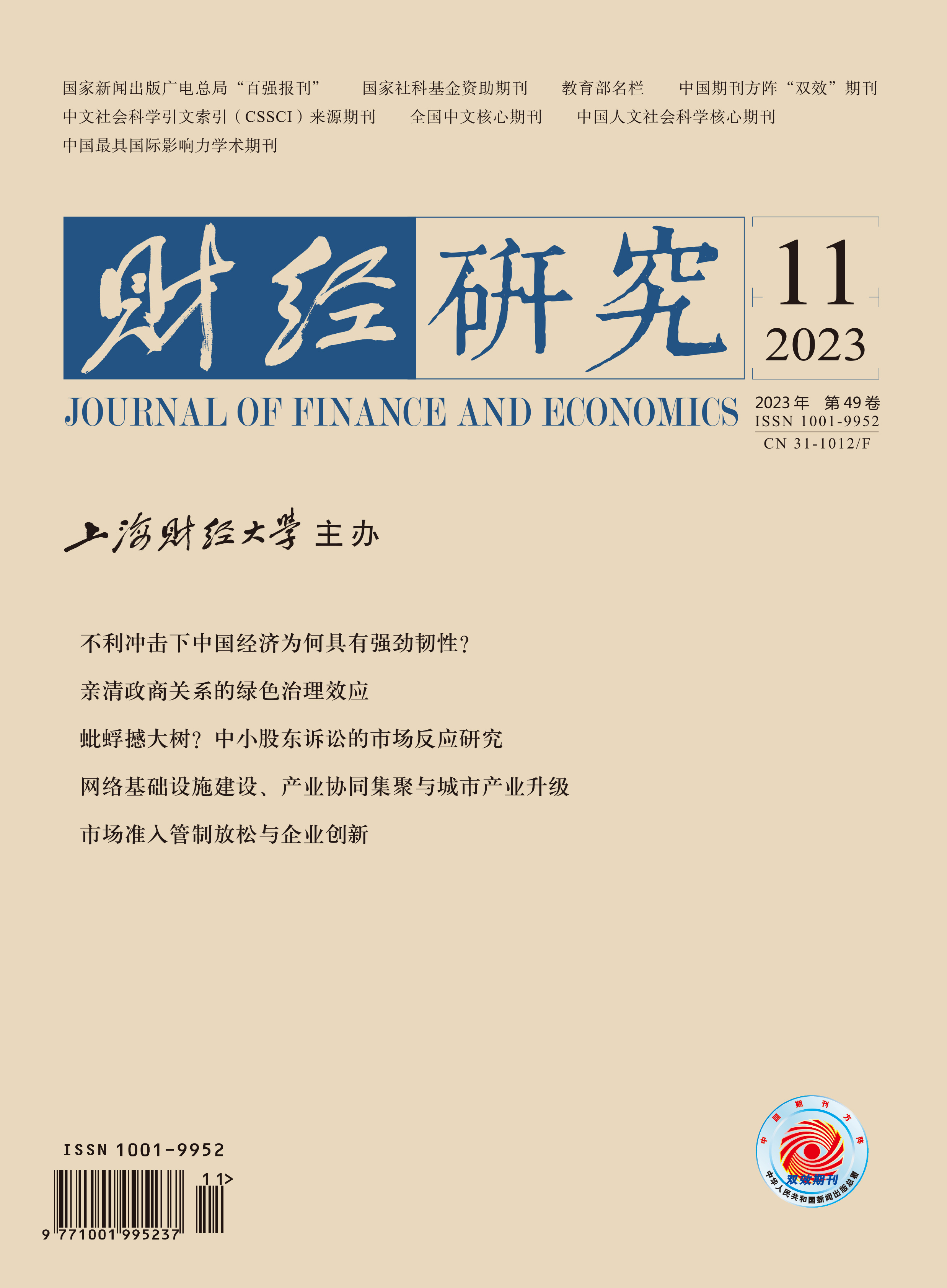Under the realistic background of urbanization transformation in China, as an important part of the digital economy and the core hub of new infrastructure, network infrastructure construction, based on the new technology paradigm and spatial logic, has an impact on urban industrial upgrading based on more efficient and extensive resource allocation capacity. Its realization path, internal mechanism, essential elements, market conditions, and policy priorities in China’s transformation environment need to be further studied. Taking national cities from 2006 to 2020 as the sample, this paper focuses on the path mechanism of industrial co-agglomeration from the perspective of “people” and “land” elements and their relationship changes to evaluate the pilot policy of “Broadband China”, and analyzes the impact of network infrastructure construction on urban industrial upgrading using the staggered DID method.
The findings of this paper are as follows: First, network infrastructure construction promotes urban industrial upgrading, except the western region. Second, industrial co-agglomeration provides support for the industrial upgrading effect of network infrastructure construction. Focusing on the allocation of human capital and the improvement of land use efficiency, which are the key elements of urbanization, has a positive regulatory effect. Third, in terms of heterogeneity, the mediating effect of industrial co-agglomeration in the eastern region is significant, and it is strengthened by the improvement of human capital allocation efficiency, while the trend in the central region is not obvious. Supported by industrial co-agglomeration, the industrial upgrading effect of network infrastructure construction in megacities with a population of more than 10 million is higher than the national average. For megacities with a population of 5-10 million, the enhancement of land use efficiency and a higher level of coordination between “people” and “land” elements have a strengthening effect on industrial co-agglomeration, promoting the industrial upgrading effect of network infrastructure construction. The lack of effective support for industrial co-agglomeration restricts urban industrial upgrading with a population of less than 5 million. When the coordination degree of “people” and “land” elements is in the imbalance range, the industrial upgrading of the western region and small and medium-sized cities will be suppressed.
On the whole, the promotion of network infrastructure construction to urban industrial upgrading presents a prominent “scale bias” feature, and the resulting siphon effect squeezes the policy space for western regions and small and medium-sized cities to promote industrial upgrading by relying on urbanization resource allocation. The conclusions provide a basis for discovering the influence path and mechanism of network infrastructure construction on urban industrial upgrading in China’s transformation stage, and give policy enlightenment for the regional gap that may be caused by the spatial imbalance of industrial upgrading and the “functional gap” of urbanization under the new trend.





 5855
5855  5739
5739

